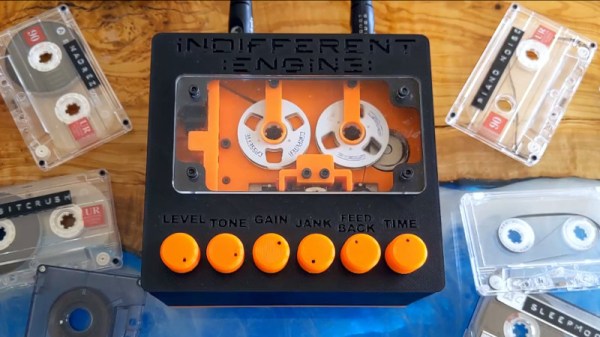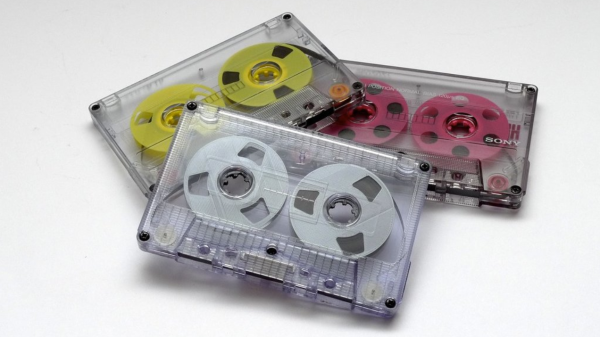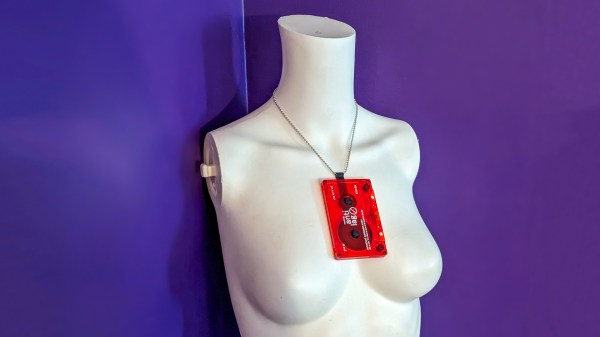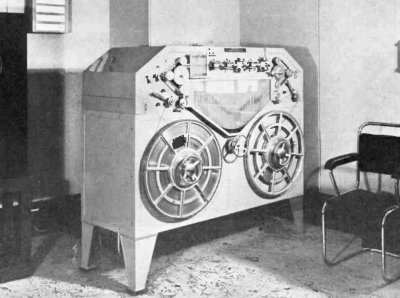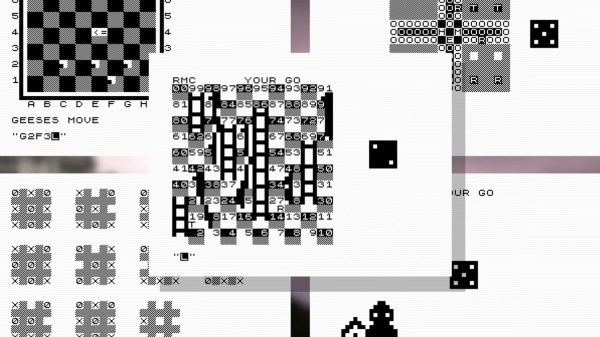If you think of a 1960s mainframe computer, it’s likely that your mental image includes alongside the cabinets with the blinkenlights, a row of reel-to-reel tape drives. These refrigerator-sized units had a superficial resemblance to an audio tape deck, but with the tape hanging down in a loop either side of the head assembly. This loop was held by a vacuum to allow faster random access speeds at the head, and this fascinates [Thorbjörn Jemander]. He’s trying to create a cassette tape drive that can load 64 kilobytes in ten seconds, so he’s starting by replicating the vacuum columns of old.
The video below is the first of a series on this project, and aside from explaining the tape drive’s operation, it’s really an in-depth exploration of centrifugal fan design. He discovers that it’s speed rather than special impeller design that matters, and in particular a closed impeller delivers the required vacuum. We like his home-made manometer in particular.
What he comes up with is a 3D printed contraption with a big 12 volt motor on the back, and a slot for a cassette on the front. It achieves the right pressure, and pulls the tape neatly down into a pair of loops. We’d be curious to know whether a faster motor such as you might find in a drone would deliver more for less drama, but we can see the genesis of a fascinating project here. Definitely a series to watch.
Meanwhile, if your interest extends to those early machine rooms, have a wallow in the past.
Continue reading “A Steady Vacuum For The Fastest Cassette Tape Drive Ever”



